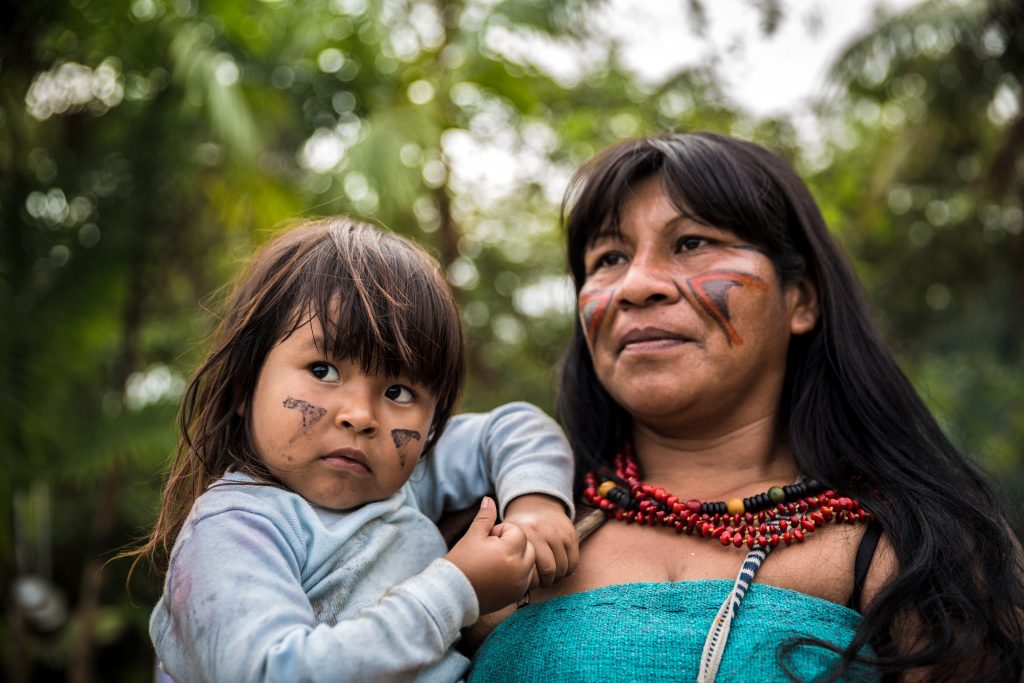As we continue to connect digitally for work and even with loved ones, body language has become more important than ever. Gestures have to be performed in a more exaggerated and obvious way since we cannot rely on eye contact with delays in video calls—which means the way we present ourselves to others and accentuate our speech may have changed dramatically just to adapt to this new medium of communication.
When we process language, we simultaneously frame our understanding from the context of the conversation and the body language of the person with whom we are speaking. When we have to watch multiple video feeds at the same time, such as in a team meeting, we are unable to process everyone’s body language and facial expressions at once, which we might have been able to do in an in-person setting. This means that we have to use a lot of extra attention, effort, and energy in order to contextualize and fully understand our exchanges with others via video chat. In addition to that, we are also cognizant of being “on stage” the entire time, with everyone staring at us.
For many of us, this can lead to an experience called video fatigue—where we become exhausted simply by the effort of trying to interact with others through an unfamiliar or artificial medium that blocks many of the natural cues we use to understand language and emotions. This is not helped by technology delays or the fact that we’re more aware that all participants of the video are looking directly at us, with people naturally feeling more exposed in the knowledge that all eyes are focusing on them.
Linguistic studies suggest that anywhere between 70–90% of the meaning of a face-to-face conversation is transmitted via non-verbal cues, which are helpful in regulating, modifying, and controlling the message being communicated. This includes everything from facial expressions and eye movement to our body posture and “non-word” sounds, such as laughing.
However, in a remote setting, we can’t rely on many of these cues to infer meaning or get our point across to others, as it’s harder to see an eye roll on video or convey a sarcastic tone via text. This means we are relying less on nonverbal communication and finding new ways to mimic it through our text and speech.
For example, the word order of two versions of a sentence could be identical, but the delivery of the words could communicate a positive or a negative connotation: “You DID it!” versus “YOU … did it?” This is even more vital when irony, sarcasm, or humor is being delivered than with informative, straightforward communication.
That said, in written contexts, there are some conventionalized “replacements” for nonverbal cues or ways for us to convey additional meaning, and we will have noticed that many people are using these replacements in their day-to-day interactions. For example, we can use vocal spelling to imitate intonation by turning words like “what” into “whaaaat” or “right” into “riiiiiiiight.” Nonstandard spellings can help us to convey the tone of voice that is often missing from text or reveal the emotion of the speaker.
Additionally, grammatical markers, such as capitalization, periods, commas, quotation marks, question marks, and parentheses are used in nonstandard ways to signal stress or pauses, to modify tone, or to signal change of voice (e.g.: … !!! ,,, ?!?!?)—and we may see an increase in the use of these.
With the huge rise in digitally mediated communication, there are now fewer opportunities for casual and ad hoc conversations with people we’d otherwise interact with on a regular, frequent basis. As we experience less “hey, I have a quick question…” or “can I drop by for a cup of tea?” type interruptions, we will be forced to schedule our discussions with colleagues, or even friends and family from different households, via video.
This often leads to “maximizing our time” syndrome, characterized by the expectation that all of our interactions must have an agenda, yielding decisions and action items. Thus, even when it may just be a “hey, I have a quick question” or “hey, I want to talk for the sake of it,” people tend to build out a more expansive agenda or list of things they want to talk about in anticipation of a scheduled talk.
This could result in a greater burden of both participation and follow-up expectations, as we place more weight on our discussions and favor heavier, meatier chats over the light banter that we might have otherwise exchanged over food or coffee, or with drinks at a party. Additionally, having less of what we call proximity support—the simple body language that we subconsciously observe during face-to-face interaction—we simply can’t pick up on the meaningful glances that we do in person, which means we may not pick up cues to stop talking, change the subject, or get a little less serious. This makes all digital communications—even those casual conversations with friends and family—feel more like work and less like fun.
While relationships with family and friends are often dependent upon personal cases and difficult to predict, it’s likely that we may generally see relationships with loved ones strengthening as a result of the pandemic, particularly when we have been constricted to virtual contact. What could change when lockdown restrictions loosen and we experience being reunited with those people, however, is a slight feeling of uneasiness, which can be put down to being starved of face-to-face communication for some months or potentially longer. It may feel almost as though we have forgotten how to communicate, as our minds and bodies check in with old norms such as making eye contact and using body language to express ourselves. While it could take us some time to re-adapt to traditional ways of communication, these feelings may well be overcome by overriding feelings of joy when reconnecting with our friends and family. A possible positive outcome of the extended isolation is that, by and large, individuals seem to have prioritized check-ins with family and friends. Numerous reports seem to suggest that we are actually communicating with friends and family with greater frequency and urgency now. Hopefully, in the post-lockdown society, we will observe people placing a higher value on those relationships.
Jennifer Dorman is a sociolinguistic and internet linguistics expert and senior instructional designer at language-learning app Babbel (www.babbel.co.uk).











